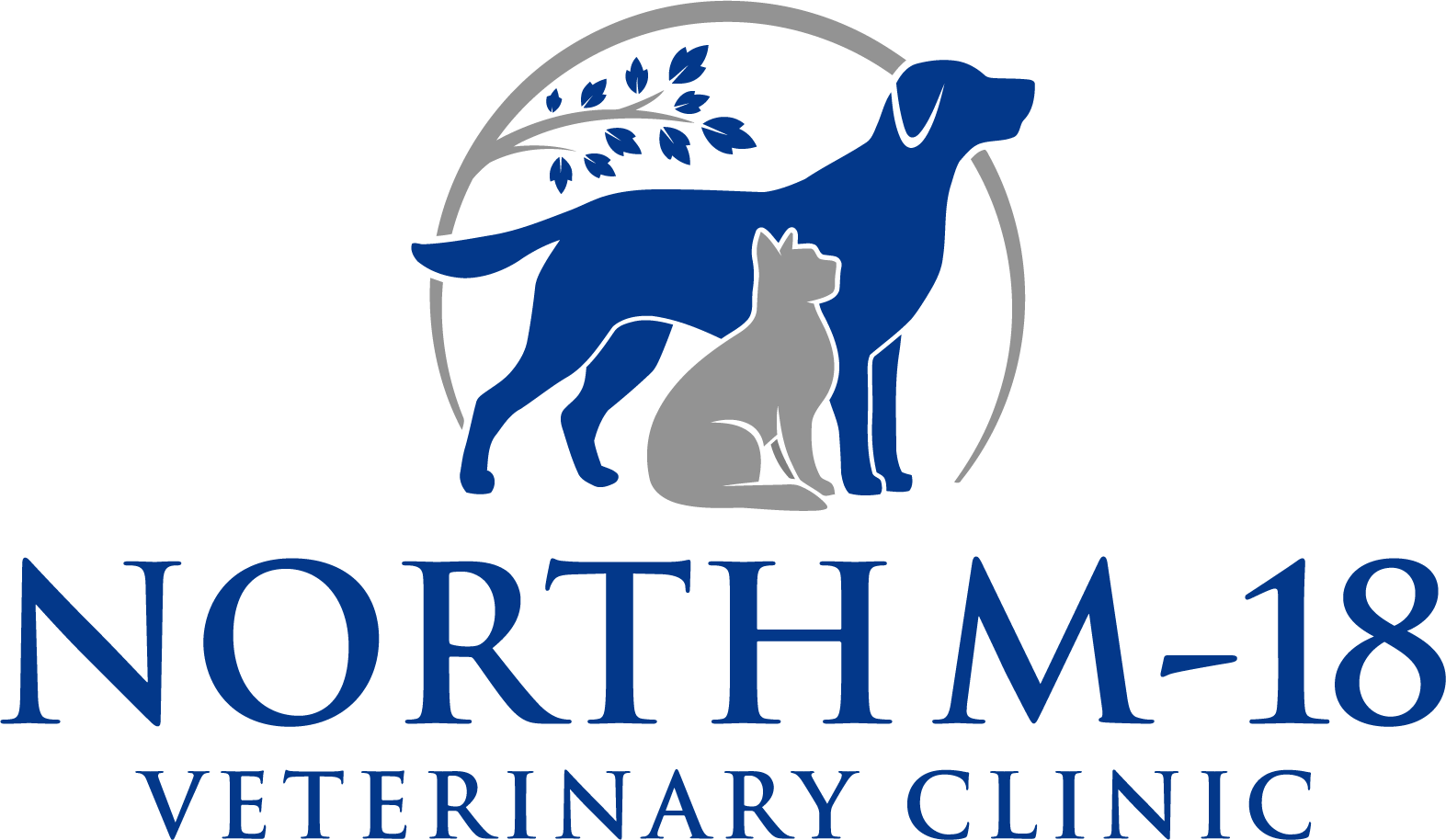Library
-
Obesity is the most common problem in dogs in North America and leads to an increased risk of diabetes mellitus, heart disease, and several types of cancer. Extra body fat causes increased inflammation associated with osteoarthritis. Reducing inflammation and pain can help an overweight dog to regain activity, which in turn can lead to more appropriate weight loss. Obesity can be prevented or reversed when dog owners are aware of calorie intake, body condition, and exercise.
-
Obesity is a common problem in dogs and results from too many calories being eaten and not enough calories being burned. Extra body fat causes increased inflammation in the body, worsening osteoarthritis and joint disease. To prevent your dog from becoming obese, speak to your veterinarian about your dog's calorie needs and an appropriate food for your dog's life stage.
-
Oxazepam is given by mouth and is used off label to stimulate appetite and to treat behavior-related disorders. Give as directed by your veterinarian. Common side effects include sleepiness and drooling. Do not use in pets that are allergic to it or other benzodiazepines, nursing pets, or those that have glaucoma. If a negative reaction occurs, please call your veterinary office.
-
Oxytetracycline is an antimicrobial medication used to treat bacterial infections. It is used to treat infections in cats, dogs, and fish. It is used “off label” or “extra label” to treat bacterial infections in exotic animals. Oxytetracycline comes in oral tablet or compounded liquid forms.
-
Oxytetracycline/polymyxin B ophthalmic (brand name Terramycin®) is a combination antimicrobial medication used to treat certain types of bacteria (gram-positive and gram-negative). It is used to treat eye infections in cats and dogs. It is used “off label” or “extra-label” to treat eye infections in avian species, hedgehogs, and rabbits. Oxytetracycline/polymyxin B comes in ointment form.
-
Most cats instinctively hide their pain as a survival mechanism which can make detecting pain in cats a challenge. Although the signs may be subtle, careful observation of a cat’s everyday behaviors will often reveal pain when it is present. These signs may include changes in behavior, mobility, elimination, and grooming habits. Common pain medications include NSAIDs and opioids. Your veterinarian will choose the appropriate drugs based on your cat's specific needs.
-
Many dogs will instinctively hide their pain as a survival mechanism which in the past, led well-meaning experts to presume that dogs did not feel pain the same way humans do. Although the signs may be subtle, careful observation of a dog’s everyday behaviors will often reveal pain when it is present. These signs may include changes in behavior, mobility, and appetite. Common pain medications include NSAIDs, opioids, and other therapeutics. Your veterinarian will choose the appropriate drugs based on your dog’s specific needs.
-
House paint, art paint, varnishes and other decorative or protective solvents come in many varieties, and most are dangerous to dogs and cats. Water-based paints, the most common, include latex, tempera, and poster paints.
-
Palliative care can be as easy or complex as necessary, to meet the needs of the pet and human family. Some palliative care patients benefit from massage, therapeutic laser, temperature therapy (heating or cooling devices), acupuncture, chiropractic, and physical rehabilitation techniques. Palliative care creates a bridge of care to support a pet as the time for humane euthanasia approaches. It is not a substitute for euthanasia, but it often helps us postpone euthanasia, allowing our pets to remain with us for whatever quality time remains for them.
-
Palliative medicine is care that is delivered as a cat approaches the end of life. The first step in creating a palliative care plan is to discuss with your veterinarian the expected course of the disease and how it will affect your cat's quality of life. Once a cat's daily life activities have been identified, it is important to define family beliefs, family needs as care unfolds, and the goals for the cat as death approaches. An essential part of establishing goals of palliative therapy is understanding the expected course of the life-limiting disease. Knowledge about disease allows for the development of a personalized palliative care plan.

